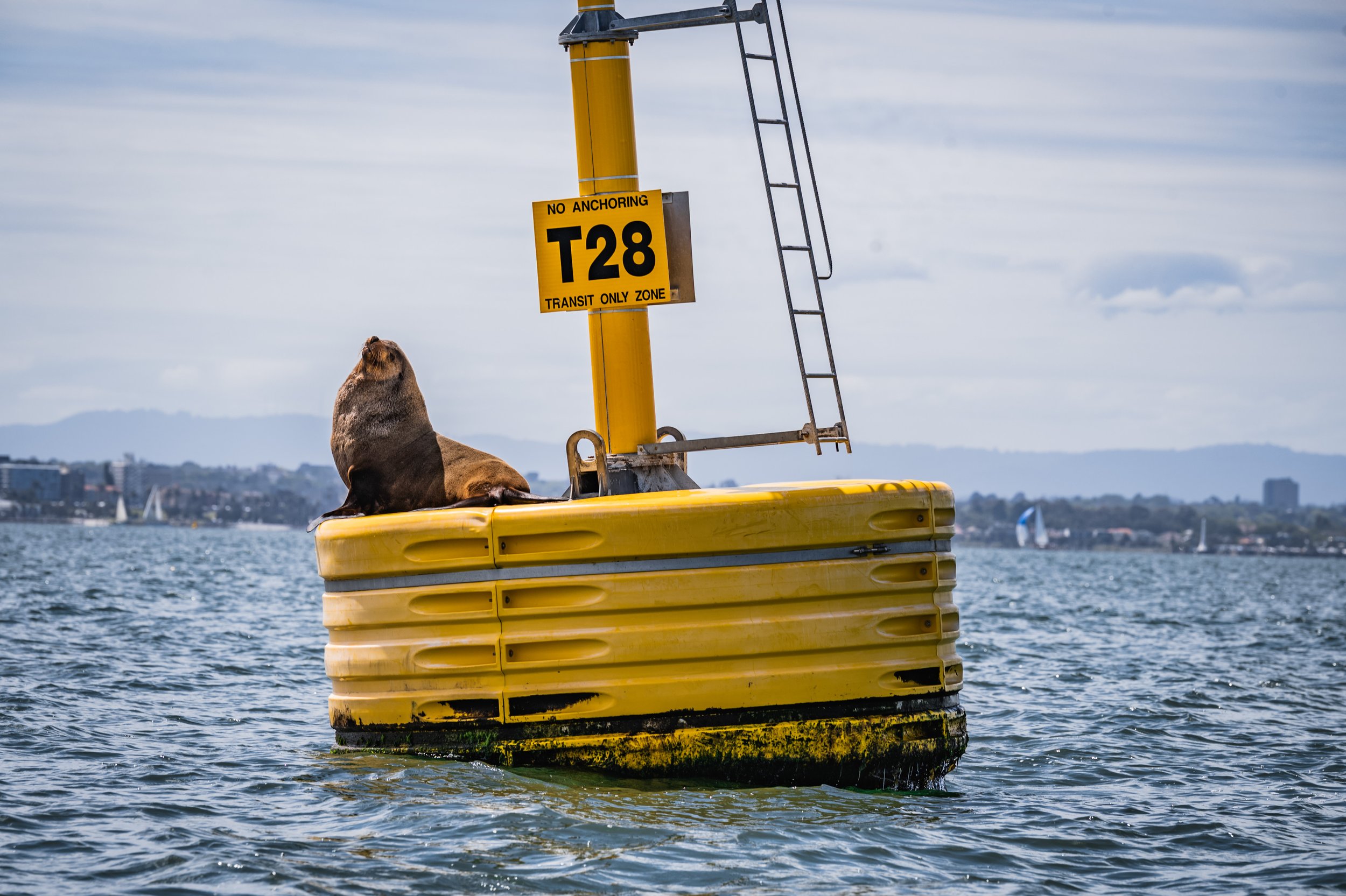How Far to the Mark?
I love discovering small analogue actions that give a quick, rough estimate of something that it’s good to know. Example one… finding due south using the Southern Cross. Example two… using a transit on a background to know if you are going to pass ahead of or behind (or crash into) another moving boat.
Of course these tasks can be done more accurately using the little super computers in our pockets, but I like to think we, in the wooden boat world, are the guardians of the actual, rather than the virtual. Hence my delight in discovering the technique described below. I’ve spent the whole day wandering around with my thumb in the air closing one eye then the other, looking like a madman. It seems to work, and it’s very satisfying!
By Stuart Anderson
When racing, estimating the distance to a rounding mark is quite useful. For example, consider a boat that is traveling at 6 knots (approximately 3 m per second) downwind and is poled out and 300 m from a rounding mark. It will take 100 seconds to reach that mark (300 m/3 m/s = 100 seconds). That’s plenty of time for the crew to take in the pole and prepare the sheets for the next leg of the race. So what is a reasonable way to estimate the distance to the next mark?
One way is to employ the concept of similar triangles brought about by the phenomena of parallax. This method is known as the rule of thumb. Two triangles are similar if they have the same shape but not necessarily the same size. The corresponding angles are equal and the sides are proportional. When you hold out your arm and thumb and view the mark with one eye open, then switch to the other eye, your thumb seems to shift in relation to the objects in the background. This apparent displacement of the thumb when viewed along two different lines of sight is known as parallax. The brain uses this positional disparity automatically in everyday life to gain a depth of perception. Measuring distance by the rule of thumb relies on leveraging the known dimensions of the outstretched arm and the distance between the eyes. Your arm is typically 10 times as long as the distance between your eyes. The angle formed between the eyes and the thumb will be the same as the angle between the thumb and the mark and the apparent shift in the background. The method relies on most people being better at determining distances that are horizontal than perpendicular distances.
How to estimate distance using the rule of thumb method:
1. With the left eye closed, line up the right eye with your thumb at arm’s length and the mark.
2. Switch eyes with your thumb in the same position.
3. Your thumb moves off to one side of the mark. With the assistance of a nearby object, such as a boat, estimate this displacement, say 30 m.
4. Multiply that displacement by 10, and you are 300 m away. In a world dominated by technology the rule of thumb offers a simple and practical means for estimating distance that may help racing a little bit easier.
This article first appeared in the SASC December News



